2022 Triumph Tiger 1200 Review: First Ride
Triumph’s big cat is back in an all-new avatar! And it’s ready for a tooth-and-claw fight against BMW’s mighty GS. Can it topple the king from the throne, though? We got to ride the all-new Tiger 1200 both on and off-road to find out!
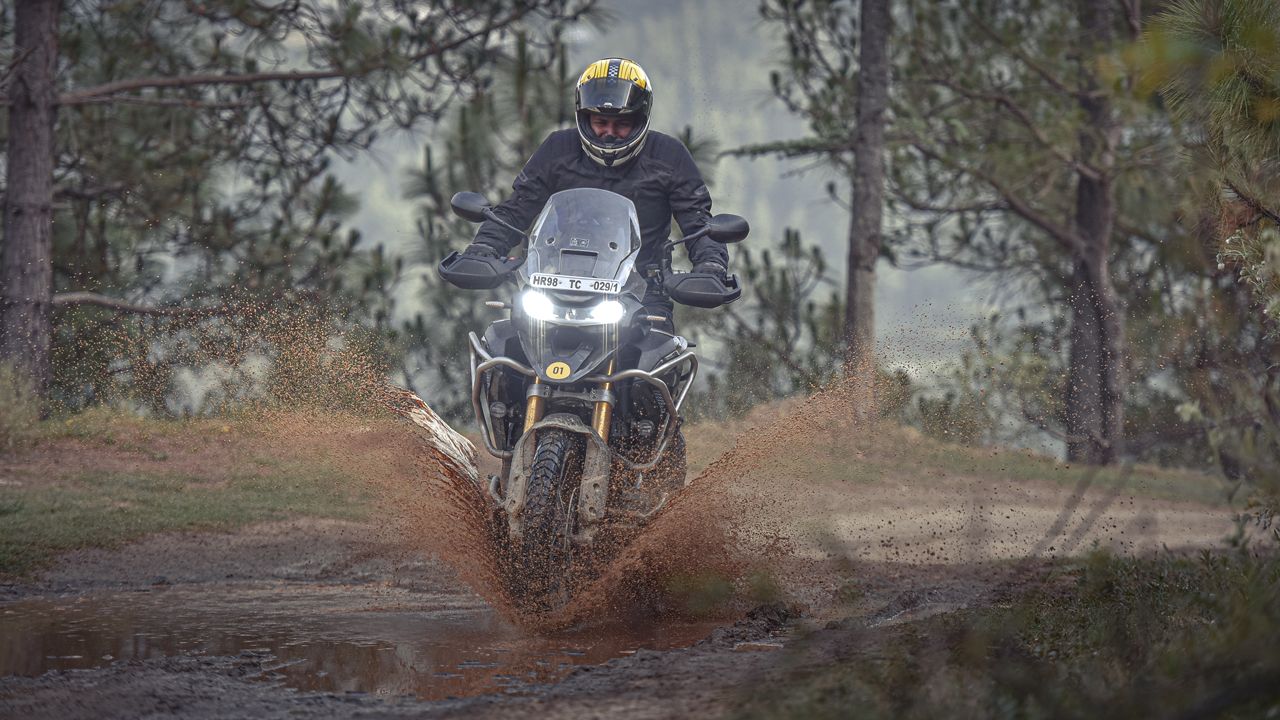
Triumph’s big cat is back in an all-new avatar! And it’s ready to fight BMW’s mighty GS tooth and claw. But can it topple the king from the throne? We ride the all-new Tiger 1200, both on and off-road, to find out!
‘This is our most ambitious project yet!’ -- that’s what Triumph said while introducing the all-new Tiger 1200 to us during the press ride of its flagship ADV in India. Why is it ‘the most ambitious’ product, you ask? Well, that’s because this big cat has now got its guns trained on the BMW R 1250 GS – the big daddy of the ADV world – and it desperately wants to beat its German nemesis.
In the past, the Tiger 1200 never really managed to make an impact among adventure riders like the GS did, let alone dent the latter’s sales. Although a great motorcycle, the Tiger 1200 always felt a bit anonymous among the likes of the GS and Ducati Multistrada. This time, though, Triumph is back in the heavyweight ADV business, and it’s going all guns blazing at the competition. So, is the mighty new Tiger really a GS-(b)eater as claimed?
Diet of the Tiger
Big ADVs are known to be notoriously heavy, and the previous-gen Tiger Explorer/1200 was no exception. I remember riding it to Spiti – my first time on a big adventure motorcycle – and even though I came back unscathed, I can't forget how cumbersome it was to ride. Unsurprisingly, then, the first thing that Triumph has done with the all-new Tiger is put it on a strict diet. As much as 25kgs of fat has been shaved off in the process, meaning the new Tiger is much lighter than before. Its wet weight now ranges from 240kgs to 261kgs. Triumph says that this makes it 17kgs lighter than its main rival (you know who, right?).
The weight savings have been achieved courtesy of a new and lighter frame (which weighs 5.4kgs less), a bolt-on aluminium subframe, and an all-new tri-link swingarm, which is 1.4kgs lighter than the single-sided setup of the old bike. What’s more, all these weight savings are apparent before you even swing a leg over the new Tiger. It’s more compact, narrower, and doesn’t look as intimidating as its predecessor. In fact, it looks a little too much like its younger sibling – the Tiger 900 – and at times you’d struggle to differentiate between the two.
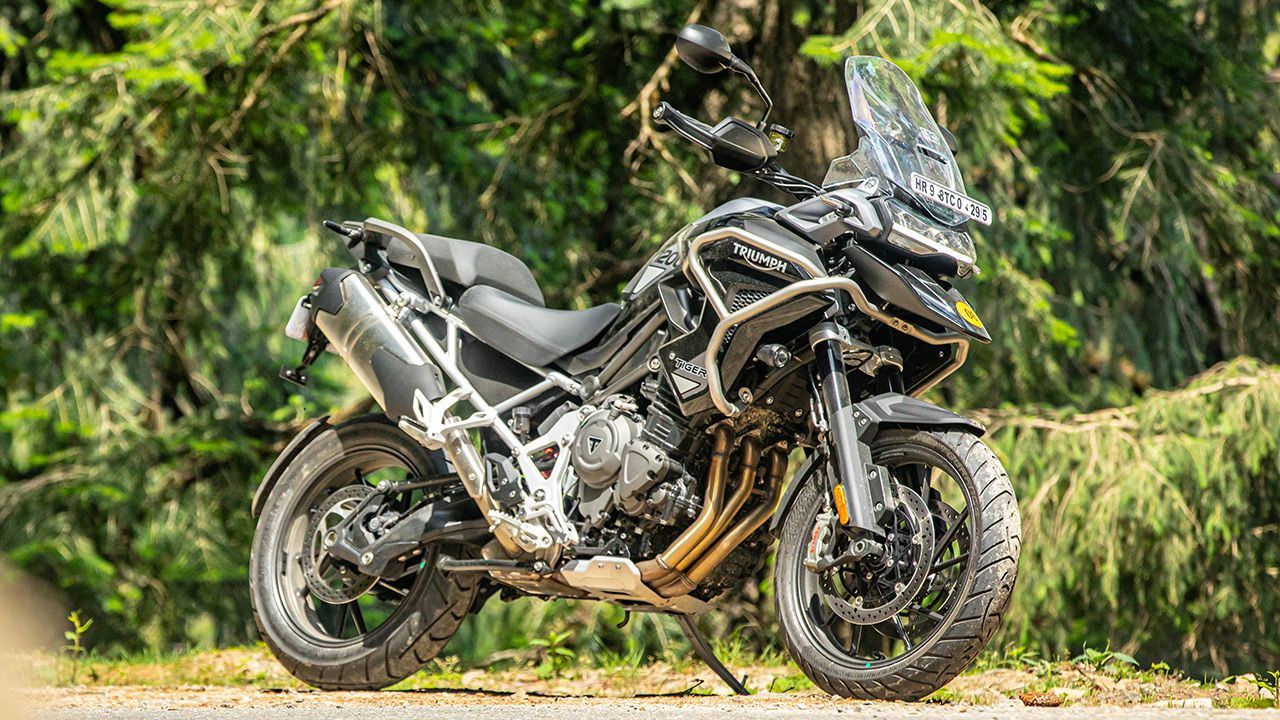
For India, Triumph is offering four variants of the Tiger 1200 – the GT Pro, Rally Pro, GT Explorer, and Rally Explorer. The GT versions are more road-focused and feature alloy wheels, whereas the Rally versions are more off-road focussed, with a larger 21-inch front wheel, trail-rated tyres, longer travel suspension, spoked wheels, and more protection all around. The Explorer versions come with a bigger tank (30 litres vs 20 litres of the GT Pro and Rally Pro) and also pack a Blind Spot Radar system as standard. That said, all the variants are quite decently kitted out – you get heated grips, cruise control, hill hold, and the keyless system as standard on all four variants. All versions are also fitted with a 7-inch TFT display, which looks similar to the one offered with the Speed Triple RS. Not to mention, the display lags here as well and loads quite slowly too.
There are five riding modes offered as standard in all variants – Road, Rain, Sport, Rider, and Off-Road. The Rally versions, however, get an additional Off-Road Pro mode that disengages traction control and ABS completely.
For this ride, we tested the GT Pro and Rally Pro.
Heart Rate
At the heart of the 2022 Tiger 1200 is a new triple engine – a liquid-cooled 1,160cc inline three-cylinder unit, which replaces the 1,215cc triple of the old bike. Although the displacement has gone down, the engine develops more power and torque at 148bhp (+9bhp) and 130Nm (+8Nm). The power is transmitted by a six-speed gearbox, which channels it to the rear wheel via shaft drive.
This triple motor's bore x stroke is identical to that of the new Speed Triple RS. However, it differs from its speedy twin in the way it delivers power and torque. Just like the smaller 900, the Tiger 1200’s motor has a ‘T-Plane’ crankshaft as well as an uneven firing order (1-3-2). In theory, it gives the engine a low-end grunt similar to a big-twin engine, while maintaining the peaky inline character at high revs – best of both worlds, in short. But how does all this translate on the road? Very well, actually!
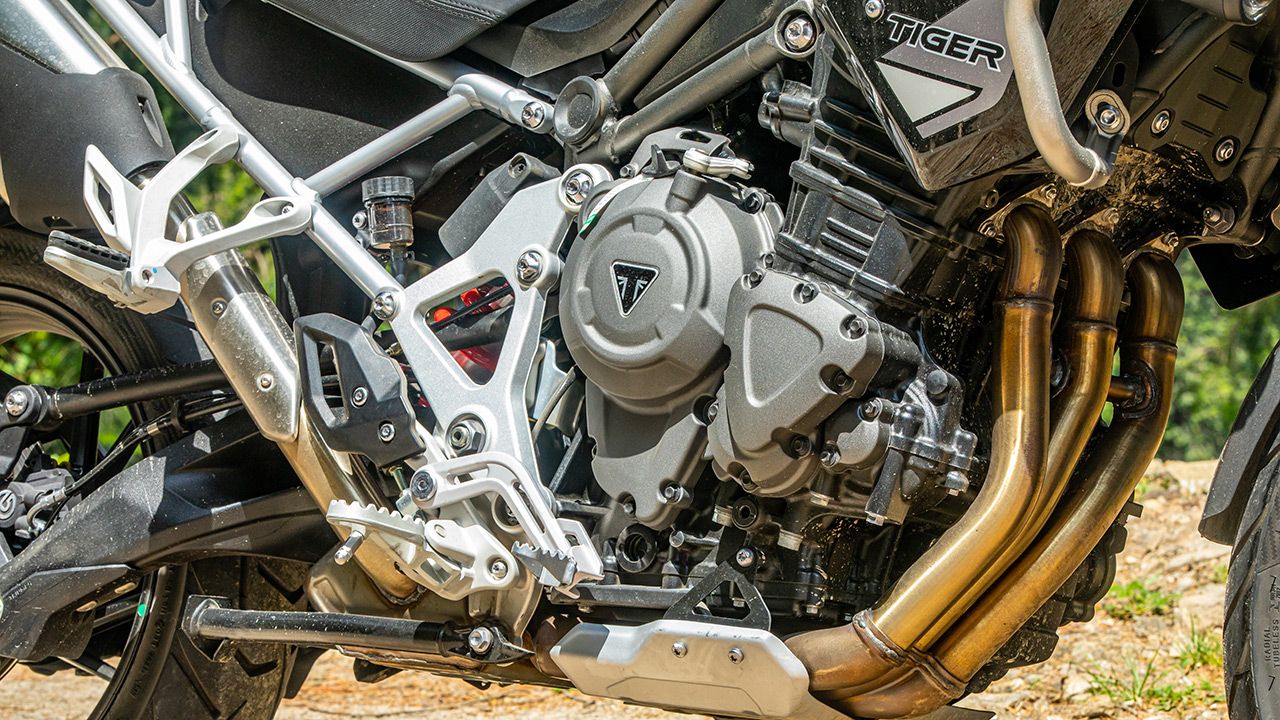
The triple motor of the new 1200 is an absolute peach, and it also sounds glorious right from the go. The throttle response is crisp in all modes, although it does feel a little too snatchy and eager in Sport mode. Despite its weight and the segment it competes in, the Tiger 1200 is a quick motorcycle. Twist the throttle, and it shoots ahead like a rabid cat! The engine seems to have a bottomless well of torque – you'll run out of space but not performance. At really low engine rpm, though, below 2,000 – 2,500rpm that is, it does feel a little lethargic. You’ll find yourself slipping the clutch often, and it also tends to stall quite a bit in a stop-go situation or while taking a tight and tricky U-turn.
What’s more, the engine doesn’t have the same levels of refinement as that of the GS or even the previous Tiger 1200. At high rpm, there are noticeable vibrations. Now, Triumph says that these are ‘power pulses’ because of the uneven firing order of the engine. And that this gives the bike more character. This is also something similar to what we felt while riding the Tiger 900. Personally, I’m okay with it as long as the bars or pegs don’t start jangling because of the so-called pulses. And, to be honest, that is the case with this motor, the vibrations never rub you up the wrong way. Having said that, we only rode the motorcycle in the hills and on some trails over a day, meaning we couldn’t fully stretch its legs. However, given the nature of this powertrain, it should feel equally at home on the highway, as the triple engine has a punchy mid-range, which is followed by a very strong top-end.
As for the transmission, the 6-speed gearbox has tall ratios, meaning I barely got the opportunity to go beyond the third gear. As standard, all Tiger versions come with an up-and-down quick-shifter, and it’s one of the slickest units on any big ADV out there. While the clutch is not needed, for the most part, it could still do with a lighter action.
Road vs Rally
The GT Pro and Rally Pro are more or less identical, but the former is more road-biased, while the latter is always ready for some hardcore off-road action. The key difference between the two lies in the way their suspensions have been set up. As standard, both GT and Rally versions feature semi-active Showa electronic suspension on both wheels. Electronic pre-load adjustment on the rear is also part of the standard package. Additionally, you can change the damping characteristics manually – there are nine levels to choose from between Comfort and Sport settings. What’s more the suspension can even detect jumps and change the damping mid-air for landings! The GT Pro has a 19-inch front wheel, and the suspension travel on both wheels is 200mm. The Rally Pro has 20mm more travel in its suspension (220mm) and gets an aluminium sump guard and engine protection bars as standard, while the GT Pro only gets a skid plate.
I rode the GT Pro first, and most of that was on the tarmac, of course. Right off the bat, you can tell that it’s a more agile and lively motorcycle than its predecessor. Its turn-in is sharp, and it is always willing to change direction quickly rather than you having to bully it into submission. The GT Pro belies the fact that it’s a heavyweight ADV – it actually feels as nimble as the Tiger 900. Plus, you can always tell that an ADV is a great handler when you start scraping its pegs without even trying!
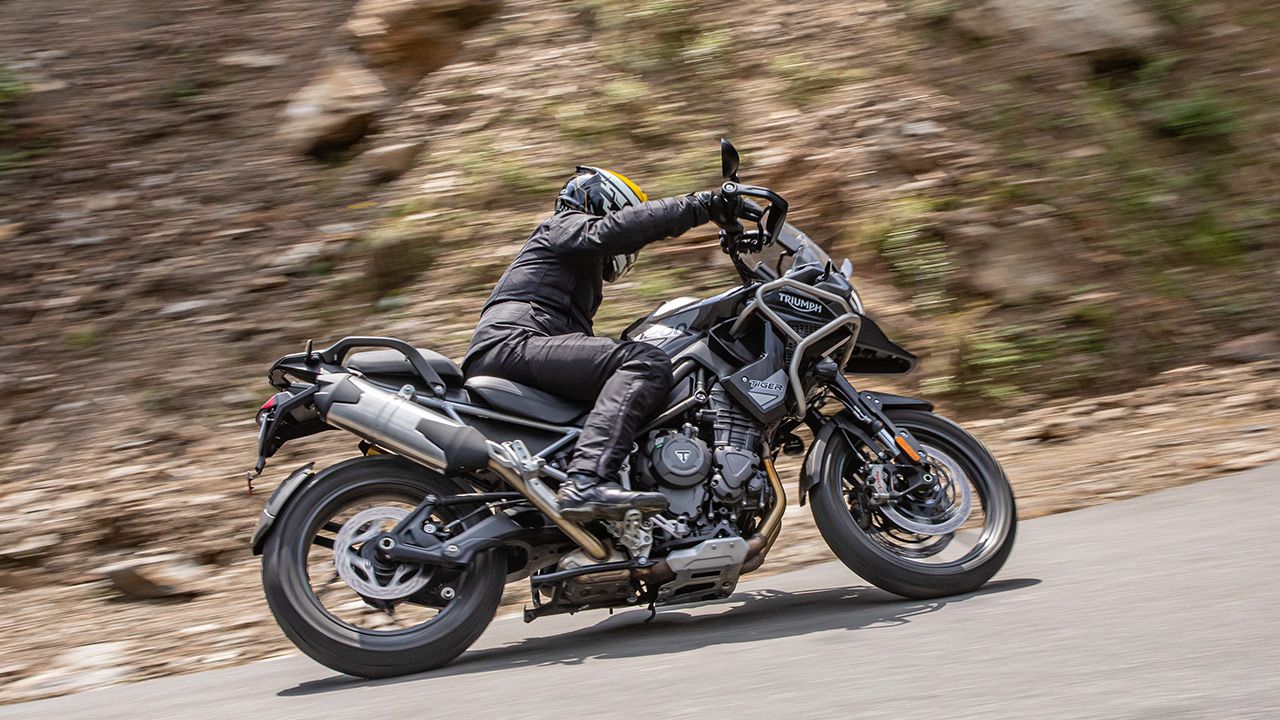
Now, the obvious question is the following one – if the Tiger 1200 looks, rides, and feels like the Tiger 900, why would you spend big bucks on the bigger version? The answer is simple – the suspension. With its semi-active Showa, the Tiger 1200 offers a much superior ride quality over its lesser sibling, and, at the same time, it feels surefooted and unflinching on all surfaces. The ride is always plush, and there’s a sophisticated balance in the way the bike rides. The saddle is supremely supportive, too, and the wider bars (+20mm than before) give you more leverage while also allowing you to spend long hours on the bike without a bother. On the comfort and agility front, Triumph has really nailed it down with the new Tiger 1200!
The Tiger 1200 also blows your mind in terms of its braking performance. As you’d expect, the brakes, featuring Brembo Stylema callipers and Magura HC1 radial master cylinder, are delectable and offer sharp and progressive braking performance on all kinds of surfaces.
After the GT Pro, I had a go on the Rally Pro, and it was even better! As we’ve experienced with almost all ADVs, it’s the more off-road focussed version, which is better in virtually all departments. They feel as good on the tarmac as their road-going siblings, but when the going gets rough, they are better equipped and are more fun to ride. It’s the same with the GT Pro and Rally Pro. The latter is nearly as good on the road as the former. Sure, with a larger front wheel and long-travel suspension, the Rally Pro doesn’t tip into corners as quickly and neither does it change direction around twisty roads with the agility of the GT Pro. But I felt that it was more stable and maintained its line better than the road-going GT. And then, when you go off-road, it’s a totally different story.
I’ve ridden the last-gen Tiger Explorer/1200 enough off-road, and I clearly remember it being top-heavy and unwieldy. But all of that is a thing of the past now, thanks to the new version’s much lighter frame. We rode the bike on some easy trails with some really tight, rocky, and tricky sections, but the bike never felt out of its depth. More importantly, it never made me feel nervous about its weight or handling. In all honestly, it was easily manageable. We only spent around three hours riding off-road, and I couldn’t fiddle with all the available settings/modes/engine maps, so I just kept it in Off-Road Pro mode the whole time. All I can remember is that the electronics worked like a charm throughout the ride.
However, if there’s a mild concern with the Rally Pro, it’s got to be its tall height. With a seat height of 875 – 895mm, it’s not for everyone. I’m 5’8”, and I was sweating bullets while manoeuvring it in stop-go situations. In such scenarios, the GT Pro’s relatively lower seat height of 850 – 870mm makes it easier to manage.
Verdict
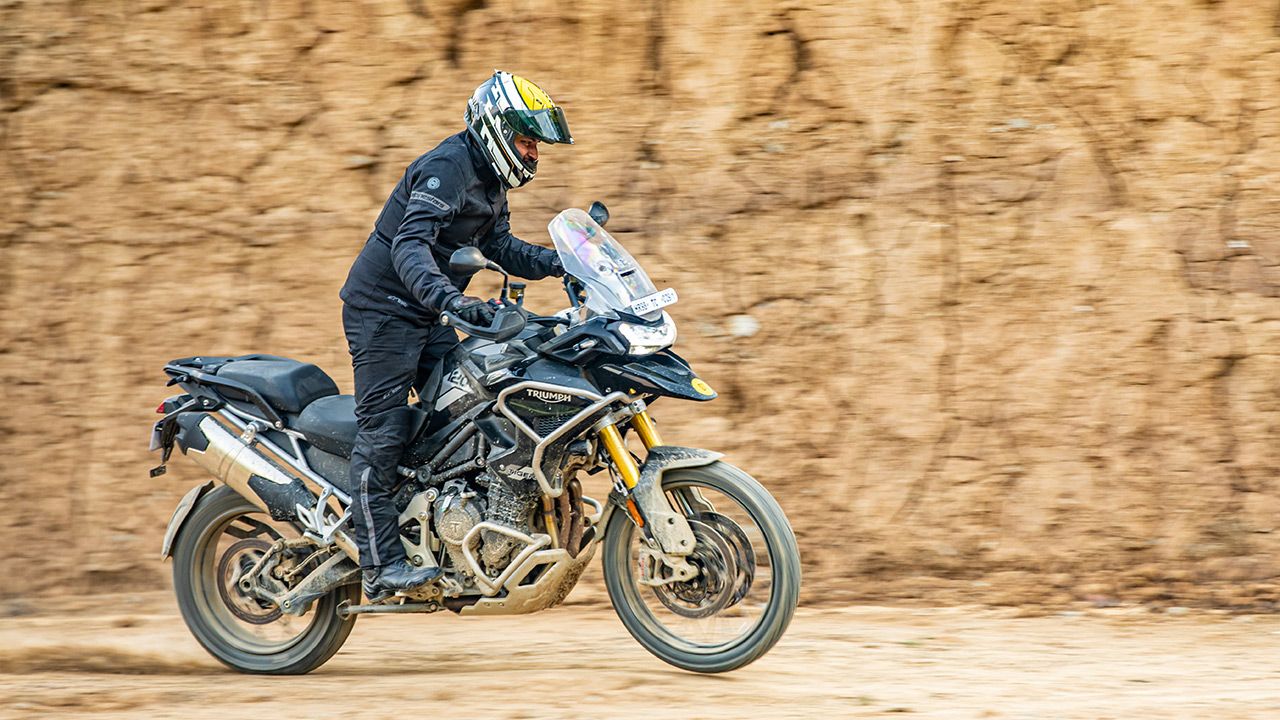
In its quest to beat the GS, Triumph hasn’t just gone to town on the engineering front but has also knocked it out of the park in terms of pricing. The 2022 Triumph Tiger 1200 range kicks off at an ex-showroom price of Rs 19.19 lakh for the GT Pro and goes up to Rs 21.69 lakh for the Rally Explorer. Saying that the prices are aggressive would be a bit of an understatement, really!
The Tiger 1200 comfortably undercuts the GS by quite a margin, especially considering the fact most of the equipment on the BMW, including semi-active suspension, is available as an optional extra. The Tiger, however, gets virtually everything as standard. But what really seals it for the Tiger 1200 is its overall performance and handling – both on and off-road. In that respect, I’d say it’s a more complete bike than the GS. That said, the GS is a cult brand in itself and dethroning it won’t be easy. However, given what the flagship Tiger brings to the heavyweight ADV segment, it’s definitely got the potential to eventually claw its way to the top.
Photography: Anis Sheikh & Sunil Chauhan
Engine: 1,160cc / 12 Valves / Liquid-Cooled
Transmission: 6-Speed
Power: 148bhp @ 9,000rpm
Torque: 130Nm @ 7,000rpm
Price (Ex-Showroom): ₹19.19 Lakh – GT Pro | ₹20.19 Lakh – Rally Pro
X-Factor: The flagship Tiger brings its A-game to the heavyweight ADV segment, with its impeccable performance & handling.
|
Pros |
Cons
|
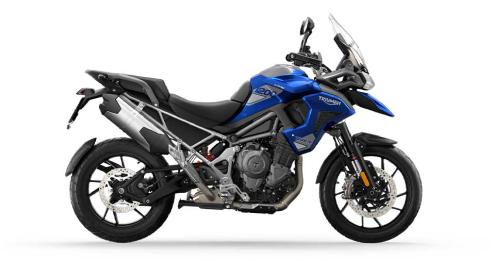
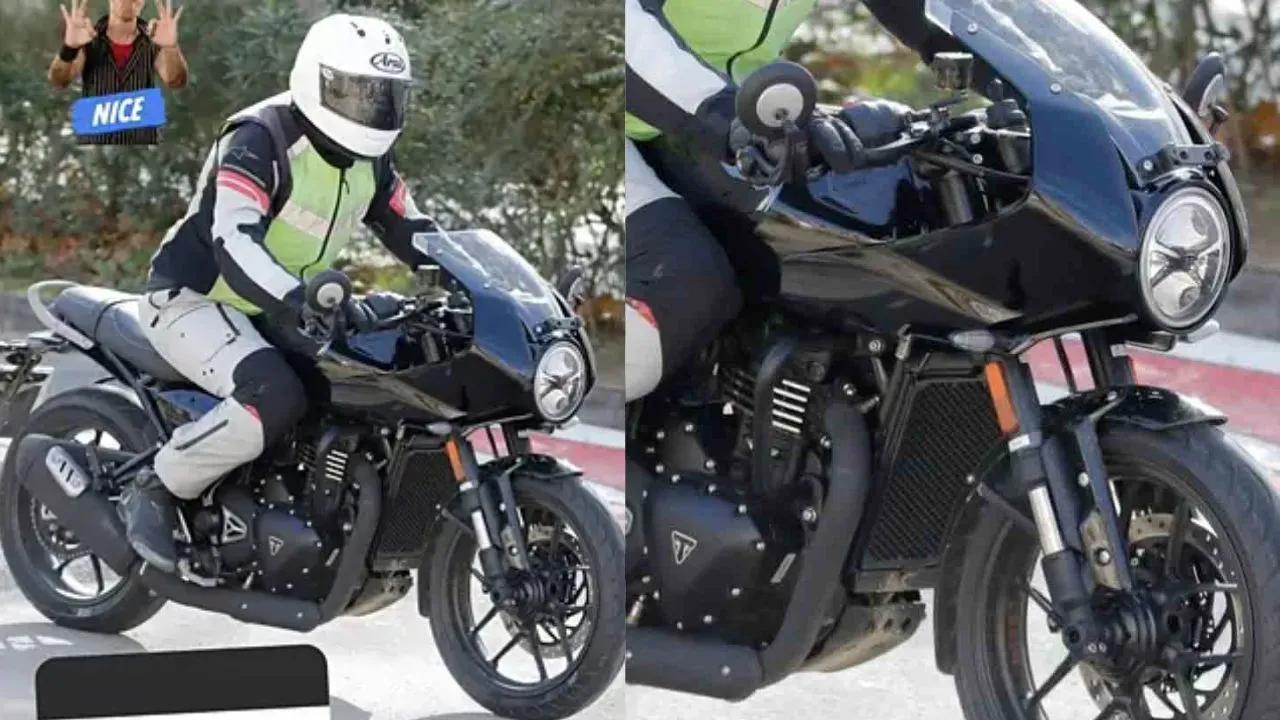
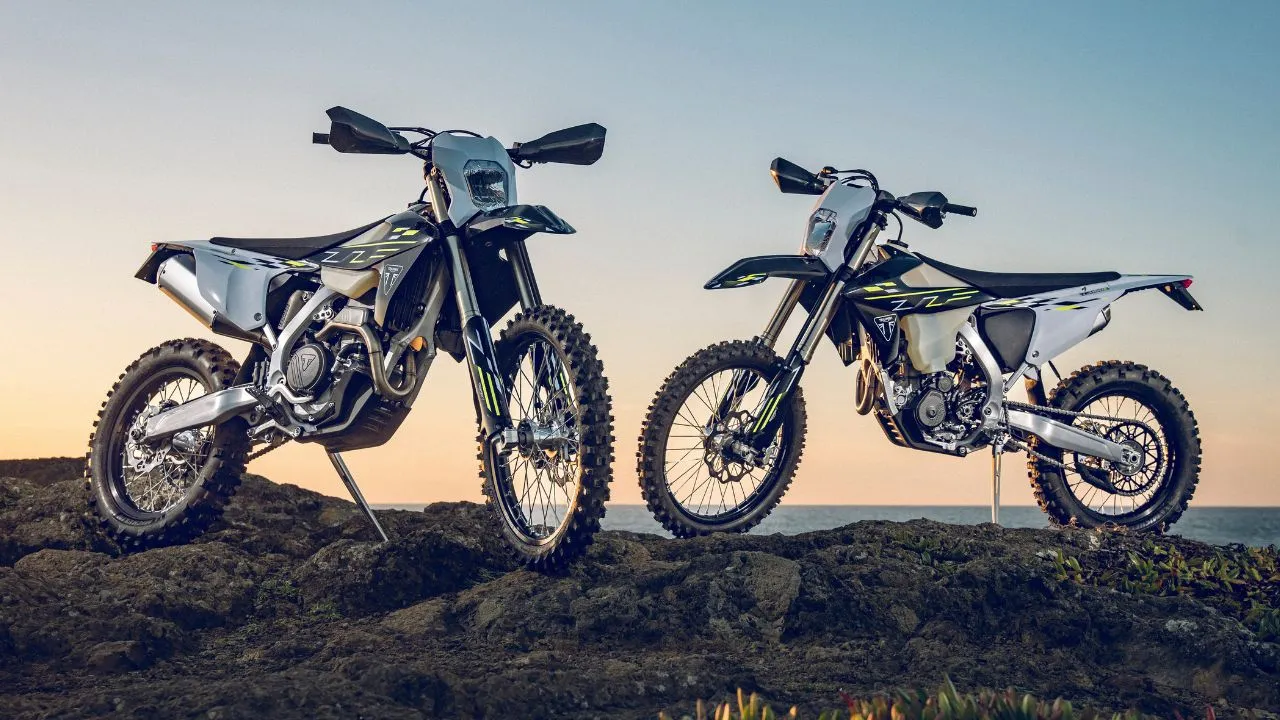

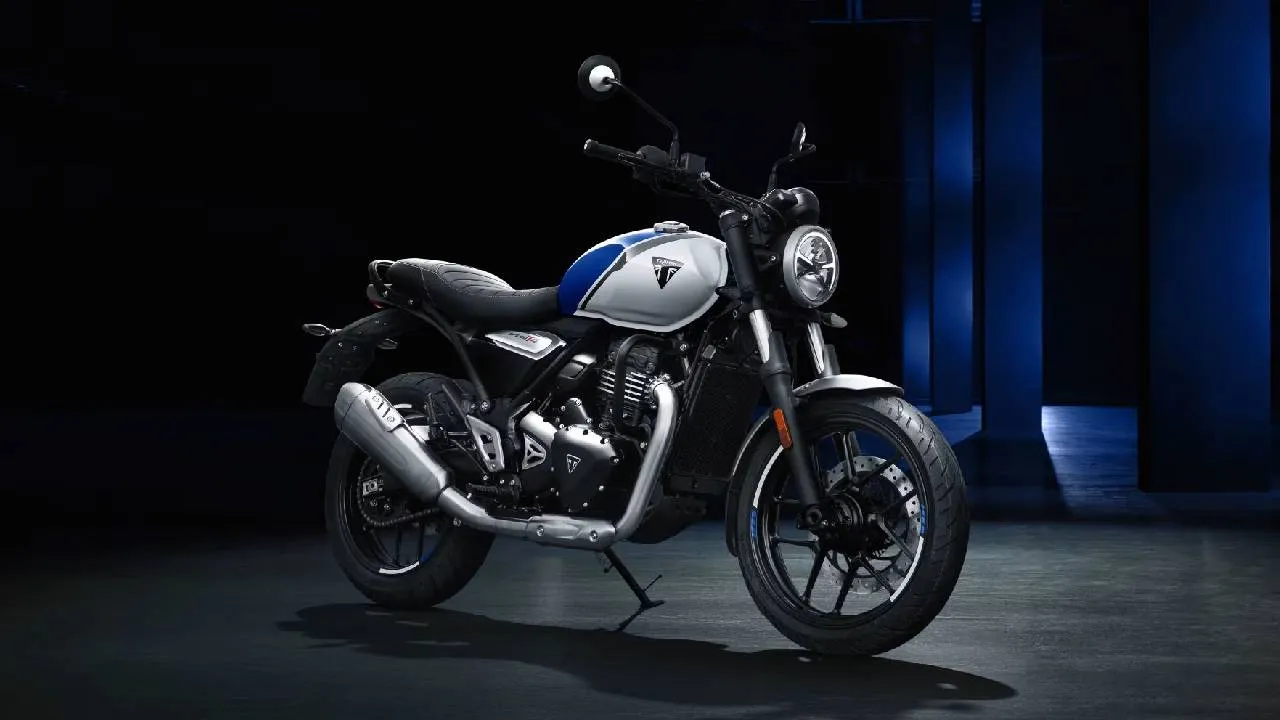


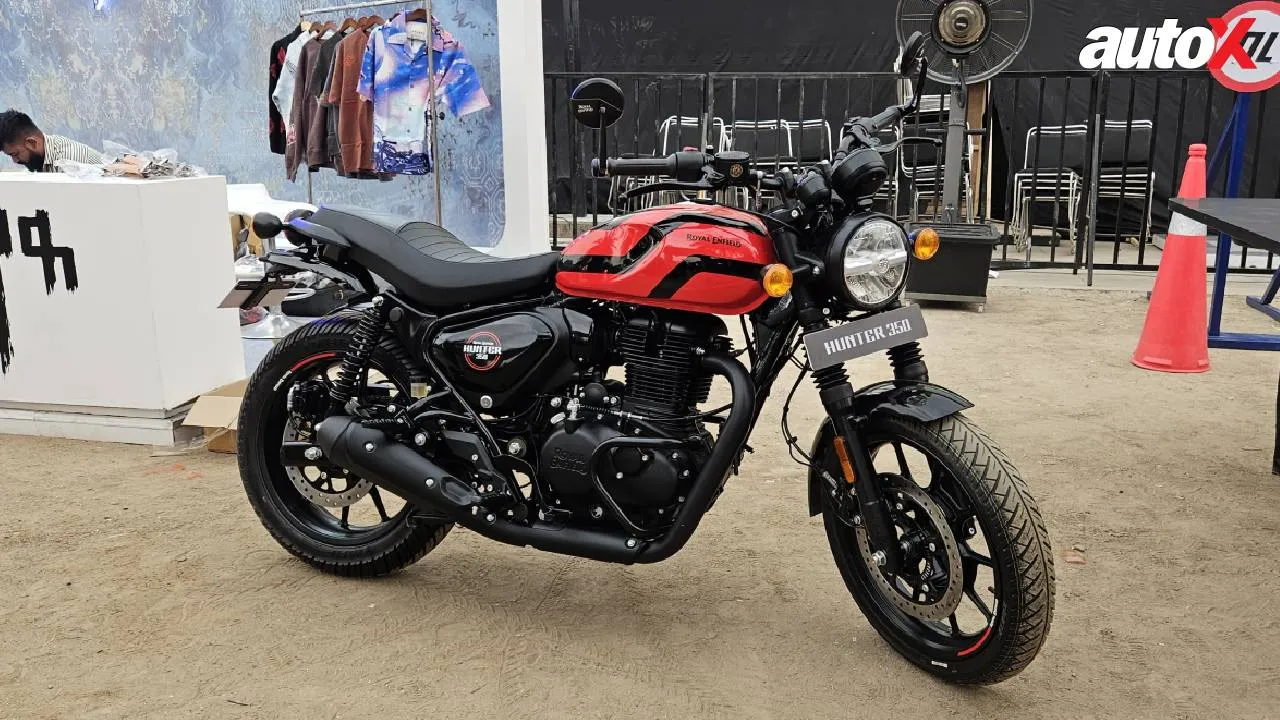
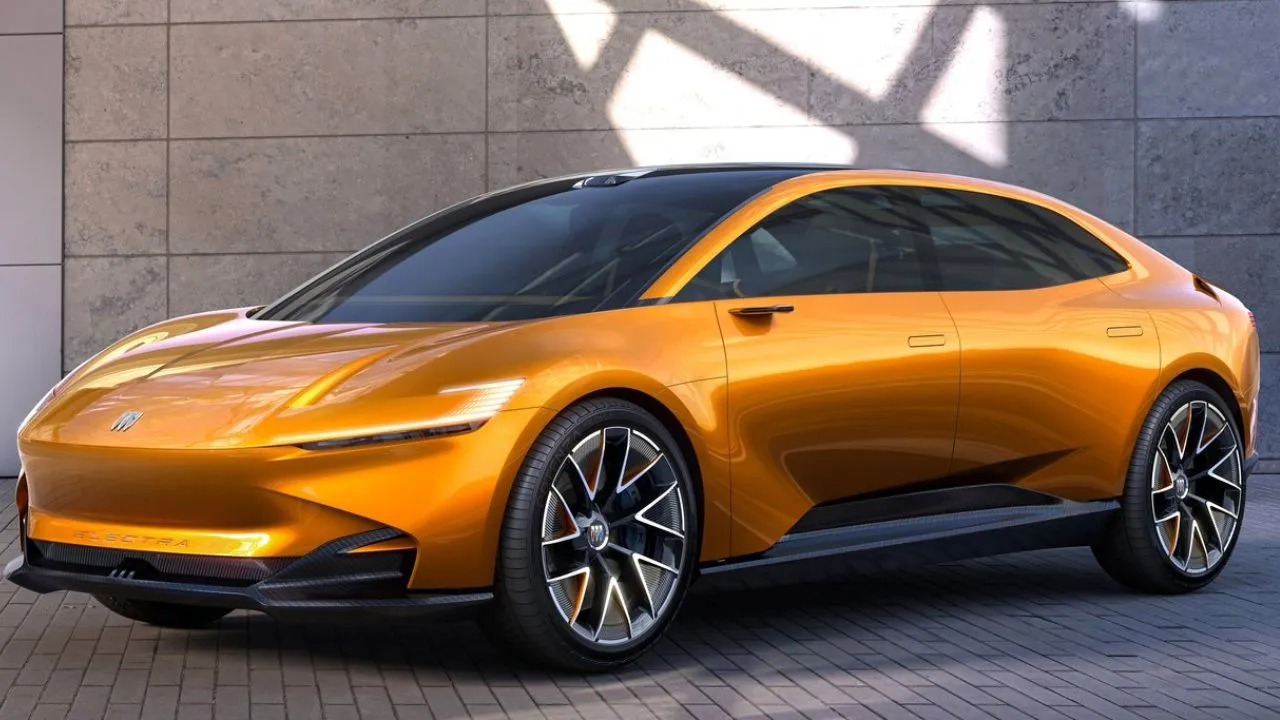
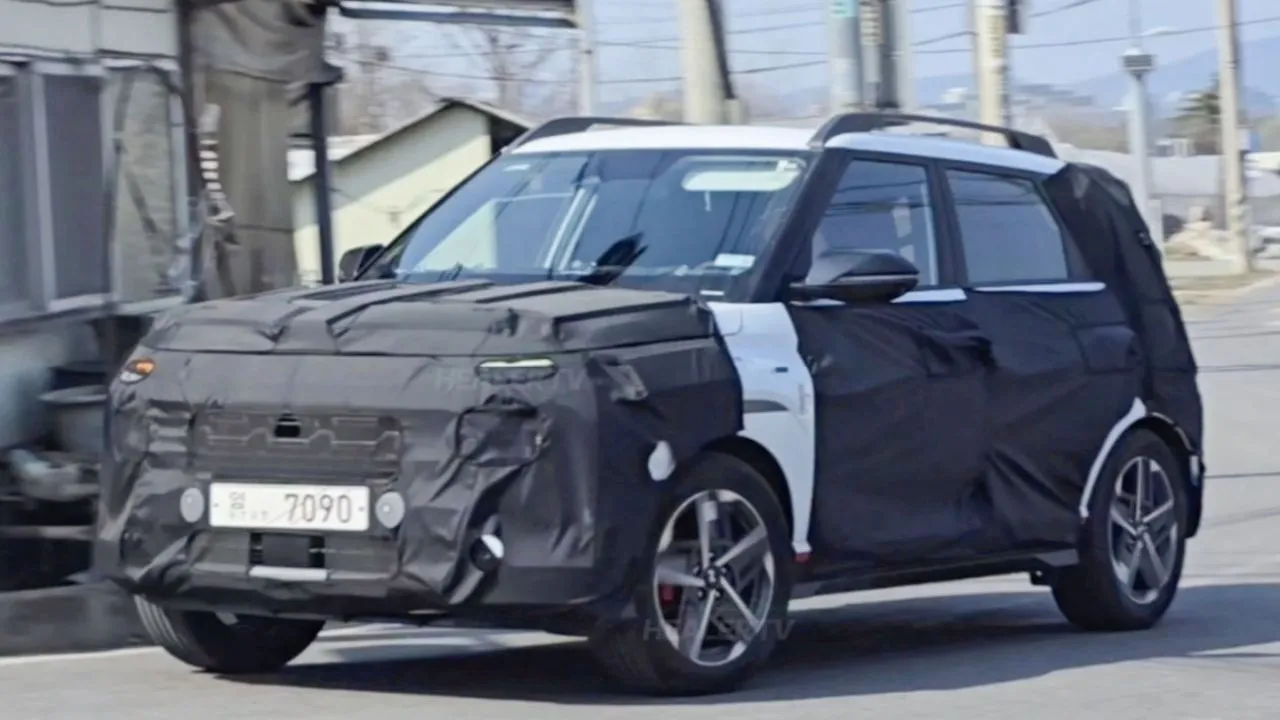
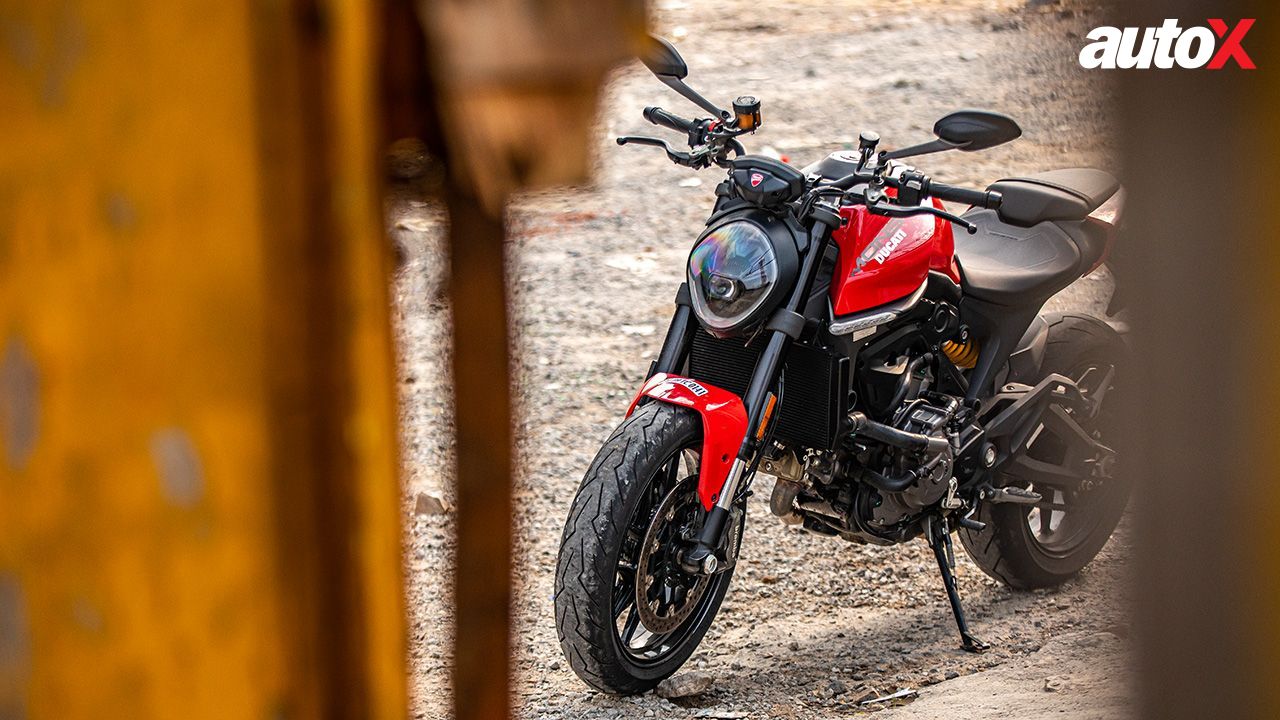
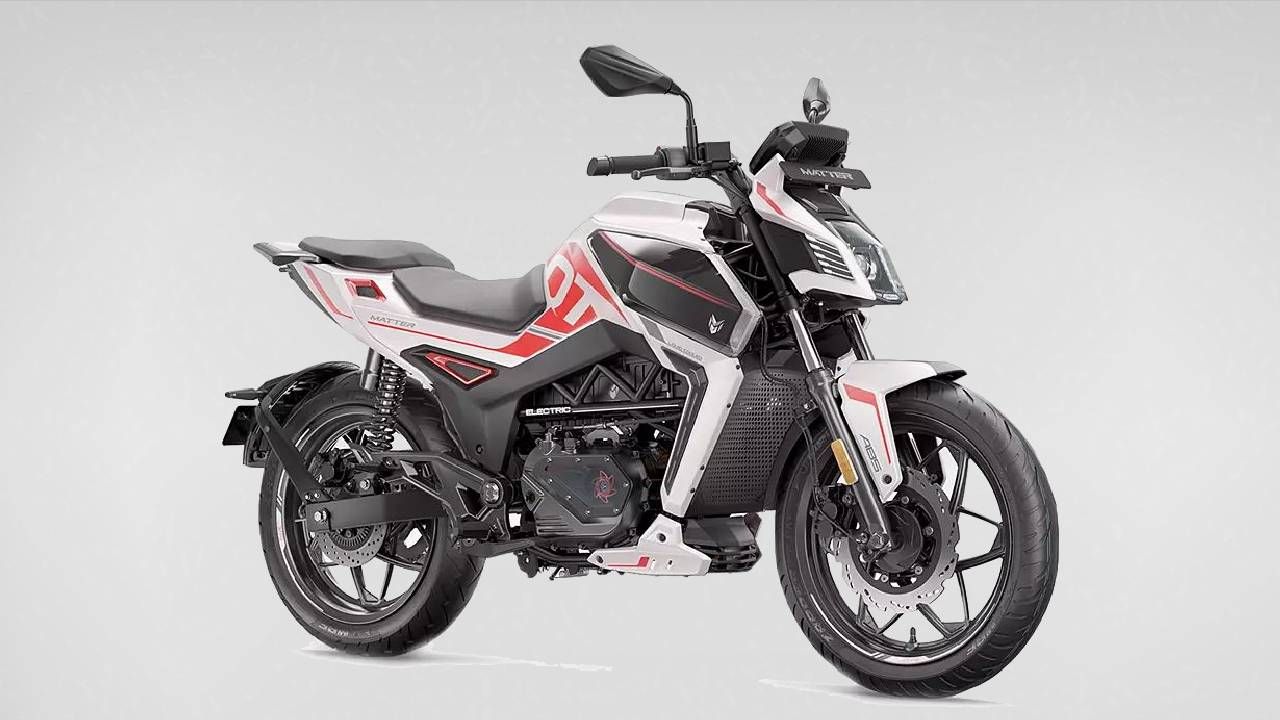














Write your Comment on